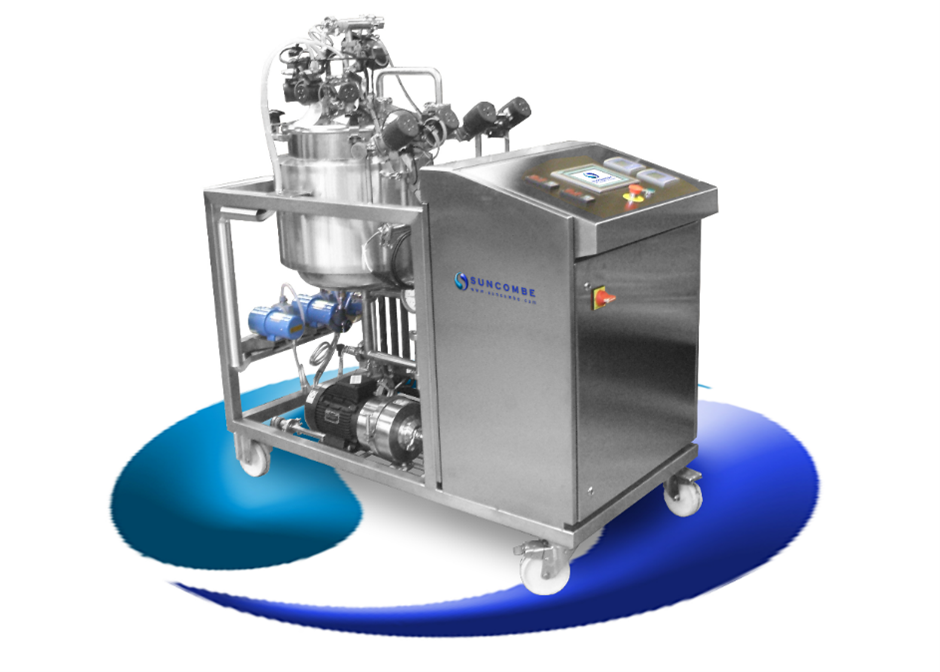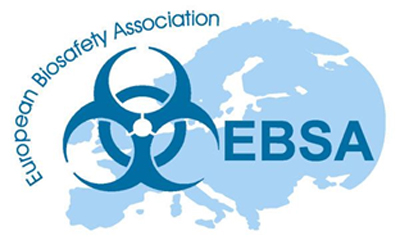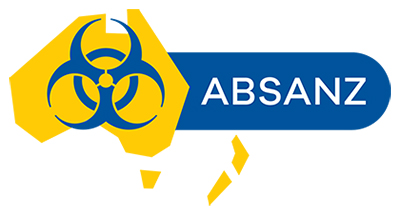Understanding the essentials of a CIP system is crucial for maintaining hygiene and efficiency in industrial settings. Clean-In-Place (CIP) cleaning allows for thorough cleaning of equipment without disassembly, saving time and ensuring consistent results. utilising appropriate CIP chemicals ensures that residues are effectively removed, protecting product quality and compliance with health standards.
Before discussing CIP chemicals, it is first important to define the process in which they are used. Clean-in-place (CIP) is a method of cleaning and sanitizing enclosed processing equipment without disassembling it. CIP systems are widely used in the pharmaceutical, food and beverage, and other industries where it is essential to maintain high standards of hygiene.
CIP chemicals play a vital role in the CIP process. They are used to remove residue, debris, and microorganisms from the surfaces of the equipment. CIP chemicals are typically formulated to be effective against a wide range of contaminants, and they are compatible with the materials of construction used in CIP (clean in place) systems.
• Alkaline detergents: These chemicals are used to remove organic residues, such as food residue, grease, and oil.
• Acid detergents: These chemicals are used to remove mineral deposits, such as scale and hard water buildup.
• Sanitisers (more typically in food & beverage applications): These chemicals are used to kill microorganisms, such as bacteria, viruses, and fungi. Biopharma applications often use Sterilisation In Place rather than chemicals
CIP chemicals can also be used in various methodologies. As an example, this process may include the following stages:
1. Pre-rinse: This step helps to remove loose residue and debris from the equipment, prior to the actual cleaning.
2. Wash: The CIP chemicals are circulated through the equipment to remove residue and clean the equipment.
3. Post-rinse: This step removes any residual CIP chemicals from the equipment.
4. Sanitise: A sanitiser is circulated through the equipment to kill any remaining micro-organisms or SIP.
The selection of the right CIP chemicals for a particular application depends on a number of factors, including the types of contaminants to be removed, the materials used in construction of the equipment, and the regulations governing the industry.
When choosing CIP chemicals, it is important to consider the following factors:
• Effectiveness: The CIP chemicals should be effective against the types of contaminants to be removed.
• Compatibility: The CIP chemicals should be compatible with the materials of construction used in the overall system.
• Safety: The CIP chemicals should be safe for use in the relevant industry (for example, the food and beverage industry) and they should not pose a risk to human health or the environment.
Some of the Benefits of using CIP chemicals include:
• Efficiency:
CIP systems automate the cleaning and sanitizing process, which can save significant time and labour costs.
• Consistency: CIP systems provide a consistent and repeatable cleaning process, which helps to ensure product safety and quality.
• Reduced risk of contamination: CIP systems help to reduce the risk of cross-contamination between batches of product.
• Extended equipment life: By regularly cleaning and sanitizing equipment, CIP systems help to extend its lifespan.
At
Suncombe, CIP chemicals are used in an extensive range of
Cleaning In Place Systems, GMP Washers and associated equipment. The equipment is designed to operate with any branded chemical. For impartial advice please contact our engineers.



